Bed Bug Bites
Waking up with itchy, red bumps on your skin can be alarming, especially when you don’t know what caused them. Bed bug bites, also known as a bed bug rash or bed mite bites, are more common than many realize, and they often go undetected until the symptoms become too uncomfortable to ignore. At Pinnacle Dermatology, we’re here to help you identify the source of your skin irritation and guide you toward effective treatment.
What Do Bed Bug Bites Look Like?
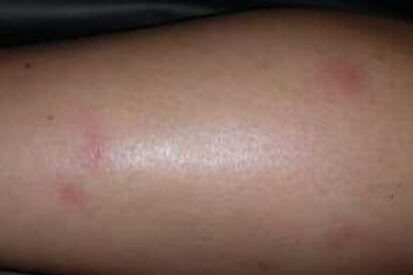
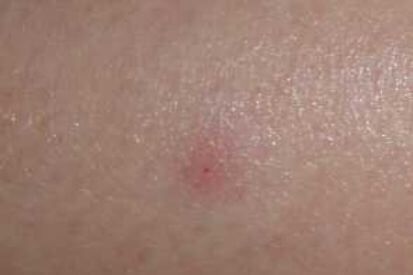
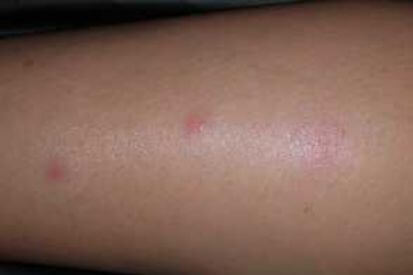

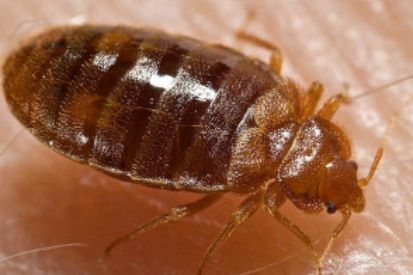
Comparing Bed Bug Bites to Other Insect Bites
Distinguishing bed mite bites from other insect bites can help with proper identification and treatment. Here’s how they compare:
Flea Bites vs. Bed Bug Bites
Flea bites often appear around the ankles and are intensely itchy with a central red spot. Bed mite bites tend to appear in clusters or lines on the upper body and are less inflamed at the center.
Bed Bug Bites vs. Mosquito Bites
Mosquito bites are usually isolated, larger, and appear soon after a bite. Bed bug bites often develop over time, appearing as small, grouped welts.
Spider Bite vs. Bed Bug Bite
Spider bites can be more painful and may result in a single lesion that grows or blisters. Bed bug bites are more uniform and don't usually cause severe pain.
Chigger Bites vs. Bed Bug Bites
Chigger bites usually appear around tight-fitting clothing (e.g., waistband, sock line) and cause intense itching. Bed mite bites are more likely to appear in exposed areas and form a linear pattern.
Bed Bug Bite Symptoms
Skin reactions from bed bug mites may vary from person to person, but there are common symptoms to watch for. Early recognition can help you seek timely care and prevent further irritation. At Pinnacle Dermatology, we specialize in identifying and treating these skin conditions with expert care. Common bed bug bite symptoms may include:
- Bites that often provoke allergic reactions and rashes
- Welts usually less than ¼” in size, appearing flat or slightly elevated
- Redness, swelling, and intense itching
- A skin reaction that is initially painless but intensifies over time
What Causes Bed Bug Bites?
Bed bug bites are the result of an infestation by small, nocturnal insects that feed on human blood. These bites may lead to uncomfortable symptoms, including a bed bug rash. Bed bug mites, while often confused with other pests, thrive in hidden areas around sleeping spaces. Understanding the root causes can help prevent future outbreaks and protect your skin.
These bites are caused by the feeding behavior of Cimex lectularius. These pests prefer warm environments like mattresses, bedding, and upholstered furniture. During the day, they hide in cracks, crevices, and seams, emerging at night to feed on sleeping individuals. It's important to note that infestations are not related to personal hygiene. Instead, bed bugs are attracted to body heat and carbon dioxide.
Preventing Bed Bug Rash
Preventing bed bug rash involves being proactive, especially in environments where these pests are known to thrive. Whether you're traveling, moving, or simply maintaining your home, a few smart habits can go a long way in keeping bed bug mites at bay. Effective ways to prevent bed bug rash include:
- Inspecting hotel mattresses, headboards, and furniture seams when traveling
- Keeping luggage off the bed and floor—use luggage racks when available
- Washing and drying bedding and clothing on high heat after returning from a trip
- Not bringing used furniture or mattresses into your home without a thorough inspection
- Using protective mattress and box spring encasements to eliminate hiding places
- Regularly vacuuming and decluttering sleeping areas to catch early signs of infestation
Treatment Options for Bed Bug Bites
At Pinnacle Dermatology, we offer effective solutions to manage the discomfort and inflammation caused by bed bug mites. Common bed bug rash treatments include topical creams or lotions, often with hydrocortisone, which help reduce itching and redness associated with bed bug rash. These anti-inflammatory options provide relief while supporting the skin’s natural healing process.
It's also important to avoid scratching the affected area, as this may worsen symptoms and lead to potential infection. In cases where bites become infected, indicated by swelling, warmth, or pus, oral or topical antibiotics may be prescribed. Our dermatology experts can evaluate the severity of your reaction and provide a personalized treatment plan to ensure fast, effective recovery.
Get Relief from Bed Bug Bites With Pinnacle Dermatology
Don’t let the discomfort of bed bug mites disrupt your life. Whether you're experiencing a mild reaction or a more severe bed bug rash, Pinnacle Dermatology is here to provide expert care and lasting relief. Our experienced providers specialize in diagnosing and treating skin conditions caused by bed bug mites and other irritants. Schedule an appointment with Pinnacle Dermatology today and get back to feeling confident in your skin.
Bed Bug Bites FAQs
Bed bug bites usually appear as small, red, and itchy welts. They often occur in clusters, zig-zag patterns, or lines on exposed skin, such as the arms, neck, or face. A red halo or slight swelling may surround each bite, sometimes with a darker red center. Because these bites can resemble mosquito bites, hives, or other rashes, it’s essential to consult a dermatologist for an accurate diagnosis and treatment plan.
Itching is a common reaction to bed bug rash, but not everyone experiences it. Some people have intense itching and redness, while others may have mild or no symptoms. Reactions vary based on individual sensitivity, and symptoms may appear hours or even days after the bite. If you suspect you have bed bug bites, it’s best to consult a dermatologist for proper evaluation.
Bed bug bites usually last anywhere from a few days to two weeks. The duration can vary based on individual sensitivity. Some people heal quickly, while others may experience prolonged discomfort. The extent of the bites also matters. A larger number or concentrated area of bites can lead to longer-lasting symptoms. If the bites don’t improve after two weeks or show signs of infection, consult a dermatologist.
Bed mite bites usually do not cause scarring, but excessive scratching can damage the skin and increase the risk. Keeping the area clean, avoiding scratching, and using anti-itch treatments can help prevent lasting marks. If scarring does occur, a dermatologist can recommend treatment options to minimize it.
Most bed mite bites heal on their own, but you should consult a dermatologist if symptoms persist, worsen, or become infected. Signs like prolonged itching, redness, swelling, or pus may require prescription treatment. If you're unsure whether the irritation is from bed bugs or another condition, a dermatologist can provide an accurate diagnosis and recommend proper care.
If you're experiencing an allergic reaction to bed bug bites, such as severe itching, swelling, or hives, over-the-counter antihistamines or topical corticosteroids can provide relief. In more serious cases, a doctor may prescribe oral steroids or recommend other interventions. If symptoms escalate, seek immediate medical attention.
Featured Blogs
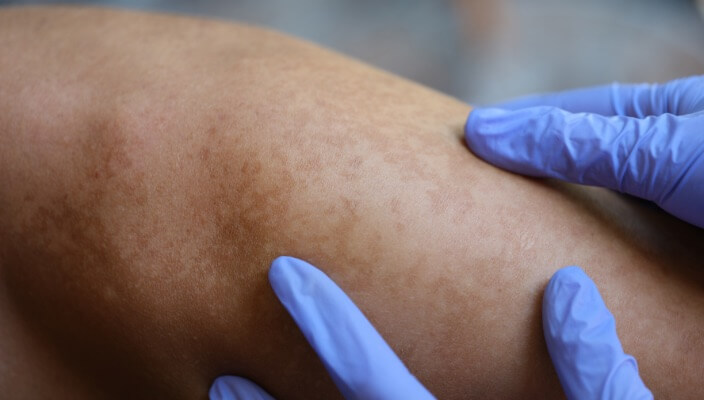
- General Dermatology
- Skin Care
Learn to identify bed bug bites vs. other insect bites. Discover symptoms, differences, and prevention tips to keep your skin healthy and bite-free.
Read More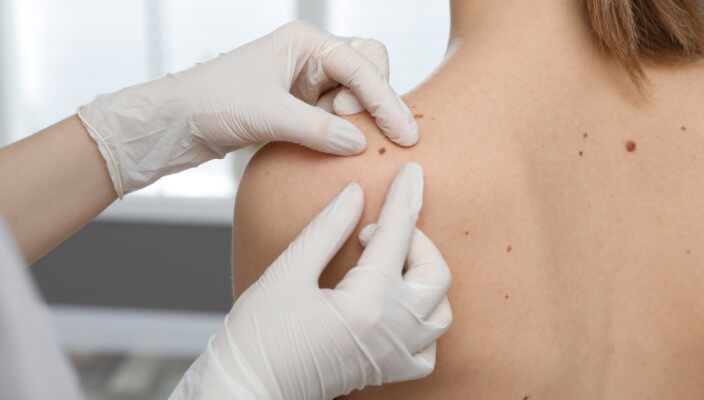
- Skin Cancer
- General Dermatology
- Skin Exams
Navigating the landscape of Total Body Skin Exams: Uncover the comprehensive process, understand why it matters for skin health, and gain insights into what to expect during these essential dermatological examinations.
Read More
- General Dermatology
- Skin Care
Our dermatologists provide science-backed, realistic recommendations to maintain optimal skin health through a solid routine.
Read MoreFeatured Products
Check your local office for current stock!
Check your local office for current stock!


